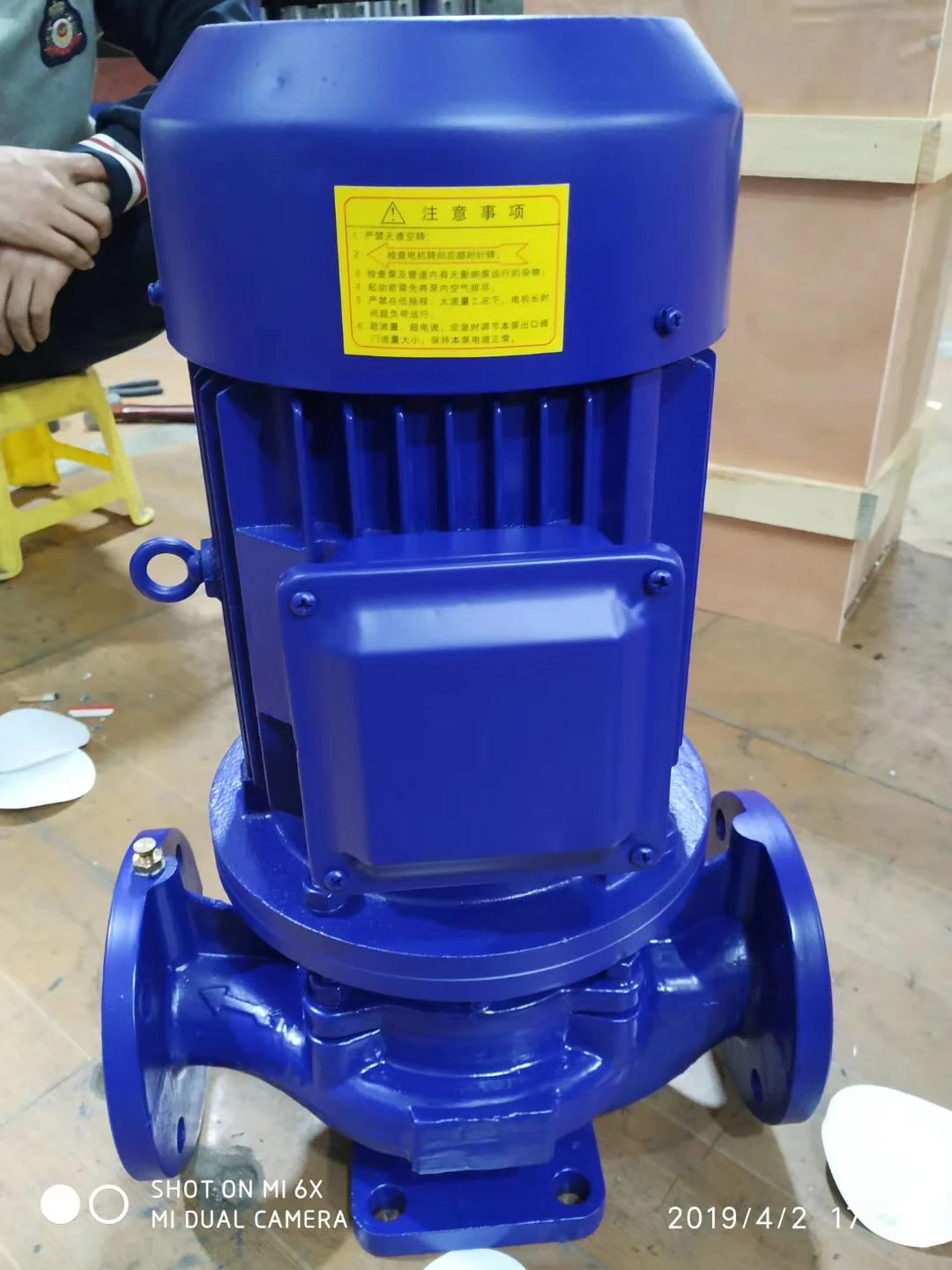Turkmen
- Afrikaans
- Albanian
- Amharic
- Arabic
- Armenian
- Azerbaijani
- Basque
- Belarusian
- Bengali
- Bosnian
- Bulgarian
- Catalan
- Cebuano
- Corsican
- Croatian
- Czech
- Danish
- Dutch
- English
- Esperanto
- Estonian
- Finnish
- French
- Frisian
- Galician
- Georgian
- German
- Greek
- Gujarati
- Haitian Creole
- hausa
- hawaiian
- Hebrew
- Hindi
- Miao
- Hungarian
- Icelandic
- igbo
- Indonesian
- irish
- Italian
- Japanese
- Javanese
- Kannada
- kazakh
- Khmer
- Rwandese
- Korean
- Kurdish
- Kyrgyz
- Lao
- Latin
- Latvian
- Lithuanian
- Luxembourgish
- Macedonian
- Malgashi
- Malay
- Malayalam
- Maltese
- Maori
- Marathi
- Mongolian
- Myanmar
- Nepali
- Norwegian
- Norwegian
- Occitan
- Pashto
- Persian
- Polish
- Portuguese
- Punjabi
- Romanian
- Russian
- Samoan
- Scottish Gaelic
- Serbian
- Sesotho
- Shona
- Sindhi
- Sinhala
- Slovak
- Slovenian
- Somali
- Spanish
- Sundanese
- Swahili
- Swedish
- Tagalog
- Tajik
- Tamil
- Tatar
- Telugu
- Thai
- Turkish
- Turkmen
- Ukrainian
- Urdu
- Uighur
- Uzbek
- Vietnamese
- Welsh
- Bantu
- Yiddish
- Yoruba
- Zulu
Telephone: +86 13120555503
Email: frank@cypump.com
Nov . 06, 2024 00:14 Back to list
axial pumps
Understanding Axial Pumps Principles and Applications
Axial pumps are a distinctive type of centrifugal pump designed to move fluids in a linear direction along the axis of the pump shaft. Unlike traditional centrifugal pumps, which utilize a rotating impeller to generate centrifugal force and push fluid outward, axial pumps rely on an impeller that directs the fluid straight through the pump body. This design is particularly advantageous for applications requiring high flow rates at relatively low pressure.
Operational Mechanics
The operating principle of axial pumps is based on the conversion of mechanical energy into hydraulic energy. When the impeller rotates, it imparts kinetic energy to the fluid, causing it to move axially through the pump. The unique structure of the impeller typically consists of multiple blades that are angled in such a way that the fluid is propelled forward. The flow velocity is a crucial aspect of axial pumps; they can maintain high efficiency in systems where flow rates exceed those of conventional pumps.
Advantages and Limitations
One of the primary advantages of axial pumps is their ability to handle large volumes of fluid, making them ideal for applications such as irrigation, flood control, and waste treatment. They are particularly effective in scenarios where low-pressure delivery is acceptable. Additionally, the design of axial pumps allows for efficient operation across a broad range of flow rates, accommodating varying operational demands.
axial pumps

However, axial pumps are not without limitations. They can struggle with higher viscosity fluids and are less effective in applications requiring high pressure or significant lift. Moreover, the sensitivity to changes in flow conditions can lead to issues such as cavitation, if not properly managed. As such, careful consideration of the pump's operating parameters is essential for optimal performance.
Applications
The versatility of axial pumps makes them suitable for diverse applications. In industrial settings, they can be used for cooling systems in power plants or as part of flood management systems. In agriculture, axial pumps are employed for efficient irrigation in large fields. They are also utilized in water treatment facilities to transport wastewater or sewage.
Conclusion
In summary, axial pumps are a vital component of fluid transport systems, offering unique advantages in flow rate and efficiency. Understanding their operating principles, advantages, and applications helps engineers and operators make informed decisions regarding their use. With the right application and maintenance, axial pumps can provide reliable and efficient service in a wide range of industries.
-
High-Efficiency Submersible Effluent Pump for Sewage & Wastewater Solutions
NewsJul.08,2025
-
High Quality CH Warman Slurry Pump Factory - Leading Horizontal Slurry Pump Supplier
NewsJul.08,2025
-
Hot Sale Chemical Circulating Pump – Efficient & Durable Slurry Circulating Pump Solutions
NewsJul.08,2025
-
High-Efficiency Submersible Dredge Pump for Sand & Gravel Durable Dredge Slurry Pumps Solutions
NewsJul.07,2025
-
Wholesale Slurry Pump Impeller Supplier – High-Quality & Efficient Pump Parts for Enhanced Performance
NewsJul.07,2025
-
High-Efficiency Water Submersible Pumps Reliable Water Pump for Potable Water Supply
NewsJul.06,2025










